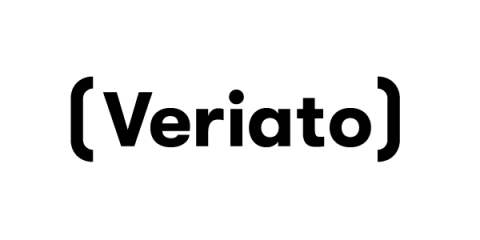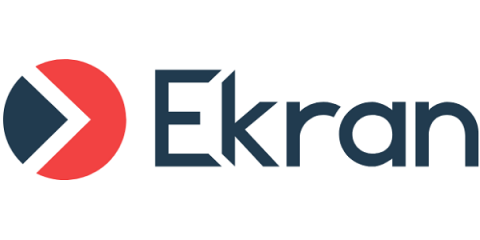How To Start Addressing Insider Threats in an Evolving Work Environment
In February 2020, a Time Magazine headline declared, “The Coronavirus outbreak has become the world’s largest work-from-home experiment.” Over a year later, that experiment has been a resounding success for companies and employees who found abundant upsides to less rigid workplace expectations.






